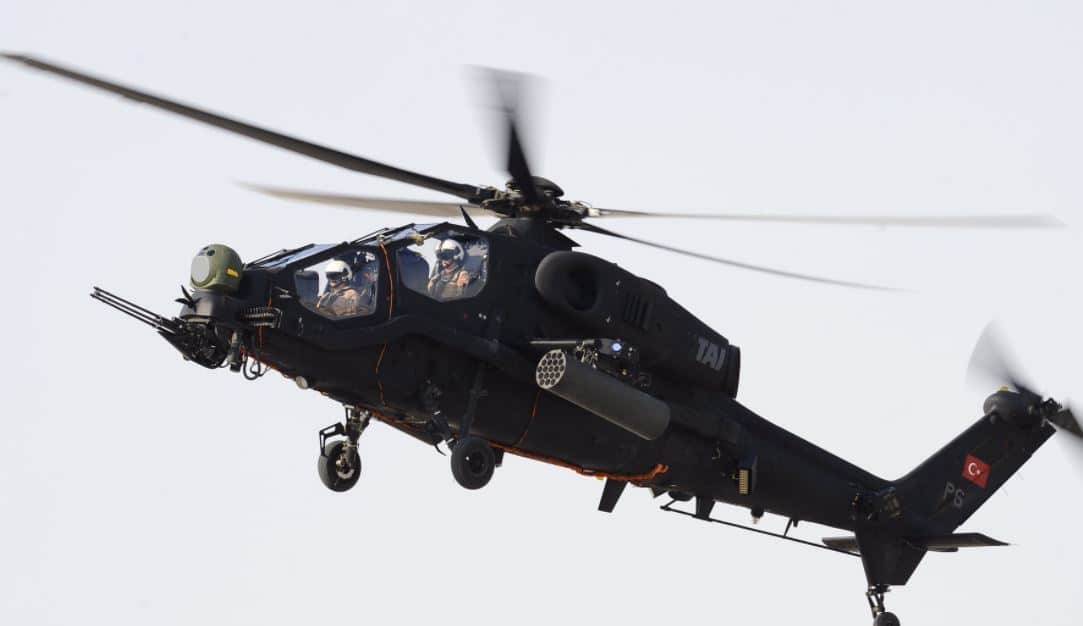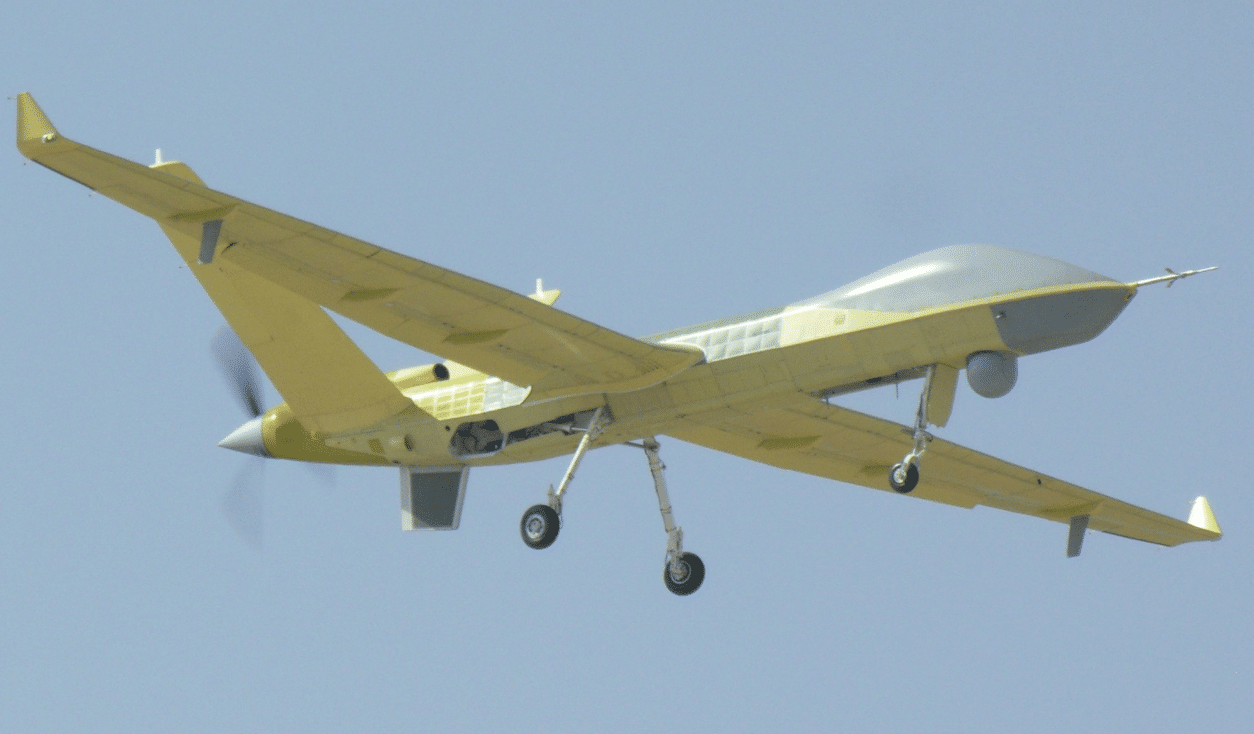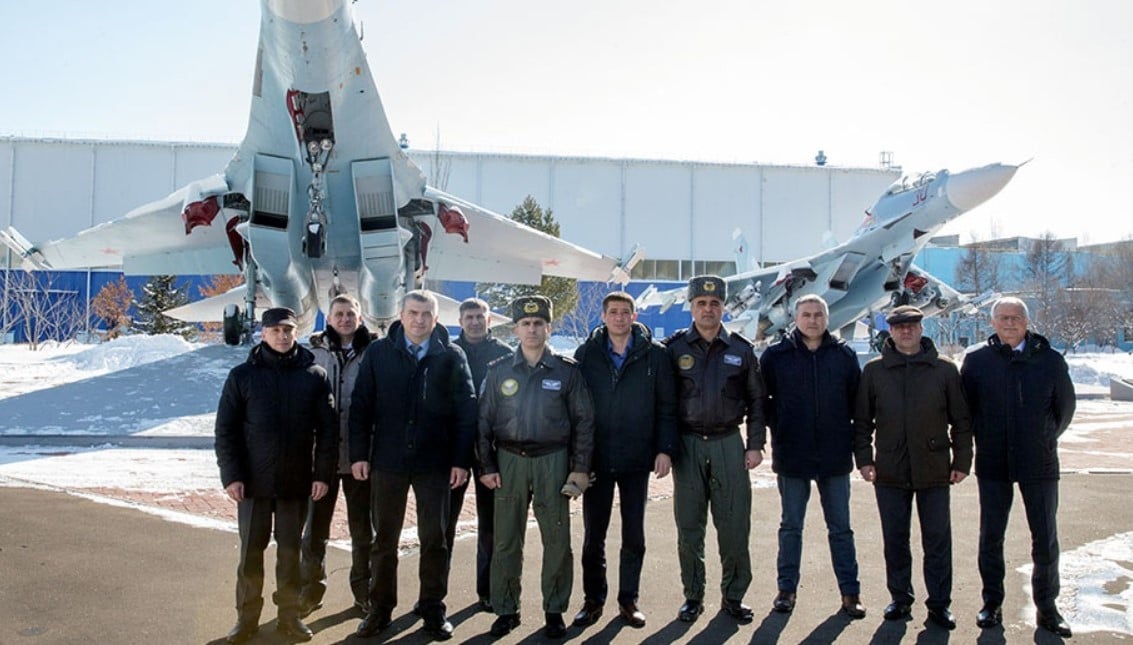2423Views 5Comments

Turkish defence industry head reveals T129 ATAK-2 program
The Head of Turkey’s Undersecretariat for Defence Industries (SSM) İsmail Demir outlined the projected capabilities and specifications of an improved variant of the Turkish Aerospace Industries (TAI) T129 ATAK attack helicopter, provisionally designated ATAK-2.
The ATAK-2 announcement was made by Demir in his inaugural speech for Alp Aviation’s newly-opened Helicopter Business Center Facility, which will provide subassemblies for the T-70 Black Hawk, which will be manufactured under license by TAI for the domestic market and prospective export users.
Demir also referenced the TAI 10-ton general-purpose helicopter, stating that participation in the program is open to existing (e.g. Sikorsky) and other partners.
According to Demir (quoted by the state-owned Anadolu Agency), the ATAK-2 will have a maximum take-off weight of 6,000 kg. Besides being heavier, the aim of the ATAK-2 is localize the supply of subsystems, freeing Turkey to exercise maximum agency in exporting the helicopter (e.g. Pakistan is to begin talks for 30 T129 ATAK attack helicopters).
The ATAK-2 will also have improvements over the ATAK, such as increased payload and updated avionics.
Anadolu Agency reports that one of the goals of the ATAK-2 is to re-utilize some of the critical components of the TAI T625 utility helicopter, such as the dynamics parts (e.g. rotor) and transmission system. This will reduce development costs as well as provide technical commonality, reducing operating costs (especially for those operating both the T625 and ATAK-2).
TAI General Manager Temel Kotil, was quoted last week saying that TAI had commenced conceptual work on an ATAK variant with a MTOW of eight tons. It is not clear if Kotil was referring to the same program as Demir.The ATAK-2, while not an eight-ton design, still aligns with the idea of a heavier platform.
Notes & Comments:
The launch of the ATAK-2 program indicates that Turkey is intending to build a complete family of original helicopter platforms. In fact, the ATAK-2 – and emphasis on technical commonality with the T625 – clearly shows that the SSM and TAI foresee military markets for the T625 and 10-ton general purpose helicopter.
The SSM’s statement also indicates that the development of the ATAK-2 is tied to TUSAŞ Engine Industries’ (TEI) turboshaft engine program. The first of TEI’s 1,400 shp engines are scheduled for completion in 2019, with the development of the engine platform requiring up to eight years (IHS Jane’s).
If brought to fruition, this would be a robust helicopter family, from a dedicated attack helicopter paired with a closely related utility helicopter to a 10-ton multi-role helicopter (that may also draw on the same family of engine and dynamic parts technology). Besides leveraging domestic industry arms to a common project, the idea of entering an entire helicopter family (drawing on common subsystems and parts) could be attractive to prospective overseas partners seeking to recapitalize their industries or setting the basis for helicopter manufacturing. The notion of investing in one program to yield multiple results is appealing.



5 Comments
by Nadeem
I think it’s a great opportunity for the pakistan economy in general and pakistan’s armed forces in particular.I hope they grab it with both hands!
by Matthys Jacobs
The core reason in my opinion is that the T129 was not suitable, the Italians have stated that the Agusta A129 Mangusta is not considered a heavy platform which restricted their operations in Iraq and Somalia due to A129’s endurance, speed and payload restrictions.
by Matthys Jacobs
Yes I am aware of it. However the dynamics aside, the maximum take off weight is far too low for long range missions or to carry ordinance with a high fuel capacity.
by ali amanat
Pakistan has an opportunity to join turkish vendors in the aviation field as the only option and access to western technology and to gain experience and chance to get hand on such critical technologies especially R&d , designing and engine .
by khushal ahmad
Turkey should work more on the engines because that’s where the Western firms are winning. Once you make an engine, you can definitely make the fuselage.